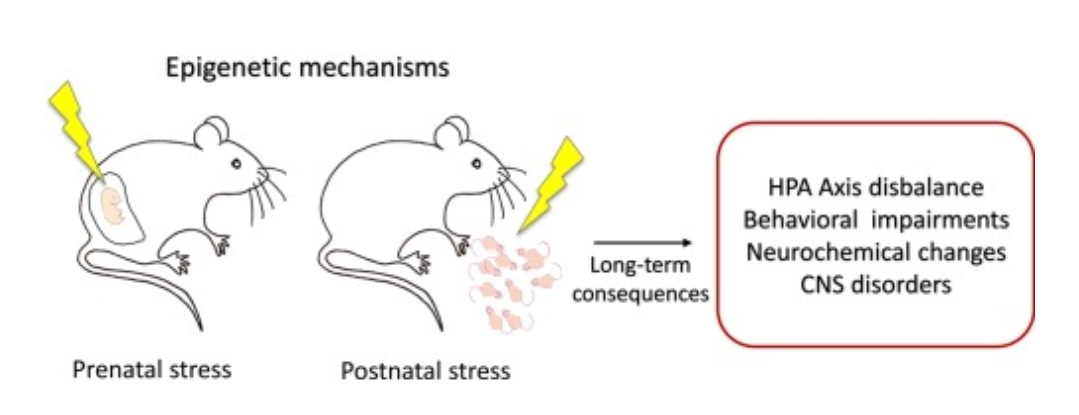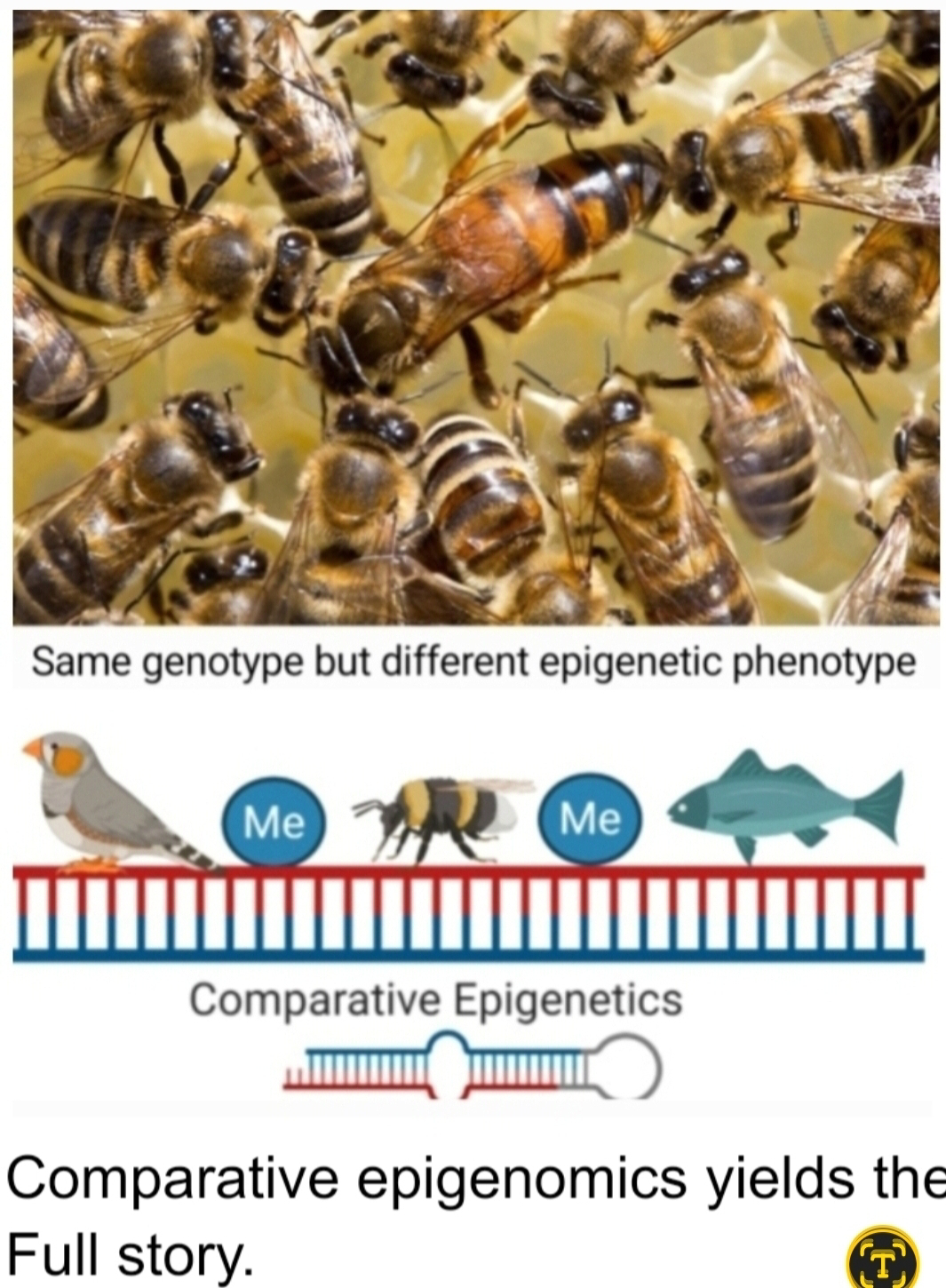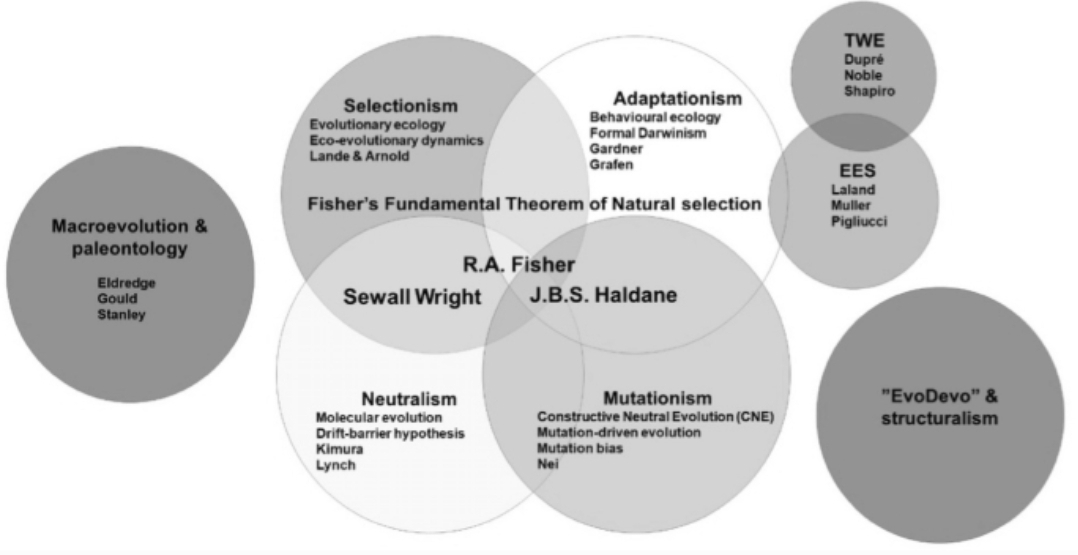Beyond the Gene: How Epigenetics and Functional "Junk" DNA Drive the Extended Evolutionary Synthesis
The Neo-Darwinian synthesis (aka the Modern Synthesis) of evolutionary biology, combined Darwin's natural selection with Mendel's genetics. This framework posits that evolution progresses through the gradual accumulation of random mutations filtered by natural selection. This model has faced increasing scrutiny, prompting the emergence of the Extended Evolutionary Synthesis (EES), a more inclusive framework that incorporates recent discoveries in fields like epigenetics.
Challenging the Randomness Paradigm
Neo-Darwinism emphasizes the randomness of mutations as the fuel for evolutionary change. However, the EES challenges this assumption by highlighting the role of non-random factors, particularly epigenetic modifications. Epigenetics refers to changes in gene expression that do not alter the underlying DNA sequence. These modifications, often triggered by environmental stimuli, can be inherited across generations, providing a mechanism for directed adaptation.
One key epigenetic mechanism is DNA methylation (purple tag) where methyl groups attach to DNA, influencing gene activity. Environmental factors like diet, stress, or exposure to toxins can alter methylation patterns, affecting an organism's traits. These altered patterns can then be passed down to offspring, allowing for the inheritance of acquired characteristics – a concept previously rejected by neo-Darwinism.
For instance, studies on rodents have shown that parental exposure to certain chemicals can alter offspring susceptibility to disease through epigenetic modifications.
This phenomenon, known as transgenerational epigenetic inheritance, demonstrates that environmental experiences can directly shape the evolutionary trajectory of a lineage.
Expanding the Scope of Heritability
Neo-Darwinism primarily focuses on genetic inheritance through DNA sequence changes. However, the EES recognizes that heritability extends beyond the gene. Epigenetic modifications, along with parental effects, niche construction, and cultural transmission, contribute to the inheritance of traits and influence evolutionary outcomes.
Parental effects encompass non-genetic influences parents have on their offspring, such as maternal care or provisioning of resources.
These effects can shape offspring development and influence their fitness. Niche construction, where organisms modify their environment, can also have lasting evolutionary consequences. For example, beavers building dams alter their habitat, creating new selective pressures that shape their own evolution and that of other species.
Incorporating Developmental Bias
Neo-Darwinism traditionally views development as a passive process that translates genetic information into traits. However, the EES recognizes that development plays a more active role in shaping evolutionary trajectories. Developmental bias refers to the tendency for certain phenotypic variations to arise more readily than others due to constraints and biases inherent in developmental processes.
This bias can channel evolution along specific paths, making certain adaptations more likely to evolve than others. For instance, the evolution of limbs from fins was influenced by developmental biases that constrained the possible variations in limb structure.
Moving Beyond Natural Selection
The EES recognizes that natural selection is losing ground as the sole force at play. Processes like developmental bias, phenotypic plasticity, and genetic drift also contribute to evolutionary change. Phenotypic plasticity, the ability of an organism to alter its traits in response to environmental cues, can lead to rapid adaptation without genetic changes.
Furthermore, the EES emphasizes the role of constructive development, where organisms actively generate phenotypic novelty through their interactions with the environment. This challenges the neo-Darwinian view of organisms as passive recipients of selection, highlighting their agency in shaping their own evolutionary fate.
Conclusion
The Extended Evolutionary Synthesis, fueled by discoveries in epigenetics and other fields, offers a more comprehensive understanding of evolution. It moves beyond the neo-Darwinian focus on random mutations and natural selection by incorporating non-genetic inheritance, developmental bias, and constructive development. This expanded framework provides a richer tapestry for understanding the complexity and diversity of life on Earth.
By embracing a more inclusive view of evolution, we can better appreciate the intricate interplay between genes, environment, and development. The EES paves the way for a deeper understanding of how organisms adapt, evolve, and generate the remarkable biodiversity that characterizes our planet.








Comments
Post a Comment